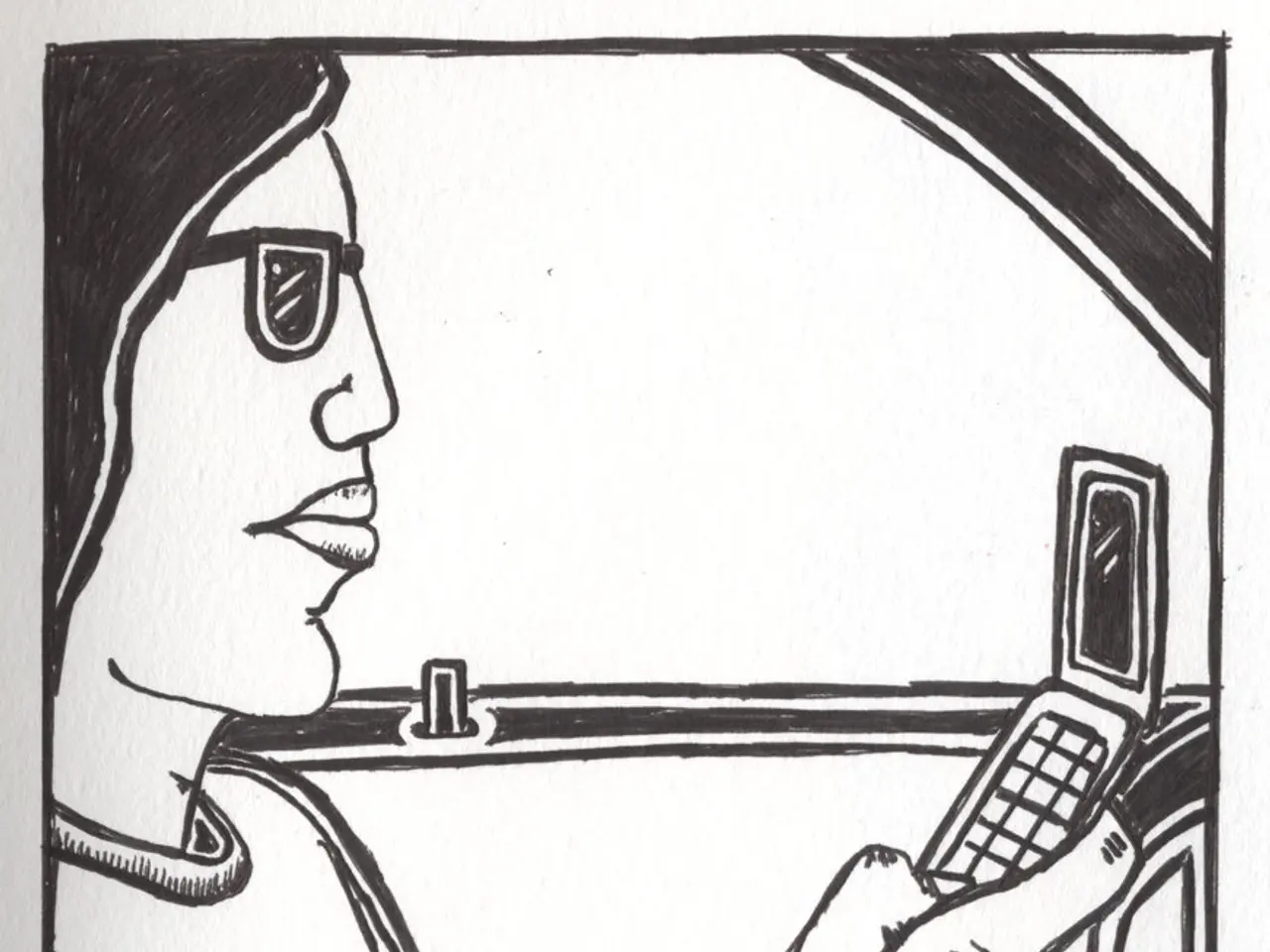Analysis of Signatures: Insights Gleaned from Your Handwritten Mark
=================================================================================
In the realm of personality analysis, signatures have long been a subject of intrigue. Some believe that the way one signs their name can offer insights into their character, much like the signatures of tech giants Mark Zuckerberg and Steve Wozniak, who opt for initials or nicknames, symbolising independence.
However, the scientific support for this claim varies across different fields. While psychology, neuroscience, and graphology all touch on the topic, the evidence is not conclusive.
In psychology, standardised questionnaires like the NEO Personality Inventory (NEO-PI) are used to assess traits such as Conscientiousness, Agreeableness, Extraversion, Neuroticism, and Openness. These traits, known as the Big Five Personality Traits, are foundational in understanding personality, but are not directly related to "signature characteristics."
Graphology, the study of analyzing personality traits through handwriting, suggests that handwriting is a subconscious activity that can provide insights into personality. However, it lacks empirical support and is considered pseudoscientific by many.
Recent research has highlighted the role of dynamic motion in recognising individuals, including unique motion patterns in faces, voices, and bodies. While this doesn't directly analyse personality traits, it shows how certain characteristics (motion patterns) can be unique to individuals.
Despite the limited evidence, some believe that analyzing signatures can offer interesting insights. For instance, a straight signature might indicate a person who is organized and self-sufficient, while a descending signature may suggest a skeptical or pessimistic personality.
Satya Nadella of Microsoft, for example, signs his name with a period at the end, a sign of a strong sense of self and seriousness. Meg Whitman of Hewlett-Packard, on the other hand, includes a long line at the end of her signature, a sign of determination, drive, and persistence.
The size, legibility, and pressure of a signature are also believed to offer clues about a person's character. A larger signature might be associated with a higher likelihood of bending the truth or exhibiting narcissistic tendencies, while a smaller signature might indicate a need to claim more space or assert oneself more confidently.
While the evidence is not definitive, the analysis of signatures can provide an engaging and fun starting point for those interested in personality analysis. Gathering signatures of friends at a dinner or party and analysing them can be a fascinating exercise. Just remember to approach it with a healthy dose of scepticism and an open mind.
References:
- Costa, P. T., & McCrae, R. R. (1992). Revised NEO Personality Inventory (NEO-PI-R) and NEO Five-Factor Inventory (NEO-FFI) Professional Manual and Personality Profiles. Odessa, FL: Psychological Assessment Resources.
- Eysenck, H. J. (1991). The Structure of Human Personality. Hove, East Sussex, UK: Lawrence Erlbaum Associates.
- Peterson, C., & Seligman, M. E. P. (2004). Character strengths and virtues: A handbook and classification. Oxford University Press.
- Peterson, C., & Seligman, M. E. P. (2004). Character strengths and virtues: A handbook and classification. Oxford University Press.
- Todorov, A., & Maloney, L. T. (2012). Face perception. Current Opinion in Neurobiology, 22(5), 619-625.
In the realm of personal growth and self-development, the analysis of signatures can serve as an intriguing starting point, particularly in one's fashion-and-beauty or lifestyle goals. For instance, adopting a straightforward, organized signature, as Satya Nadella does, might symbolize a commitment to being self-sufficient and serious in personal pursuits. Similarly, a descending signature, like Meg Whitman's, can reflect a determination and drive towards achieving one's goals in various aspects of life, including education-and-self-development.




